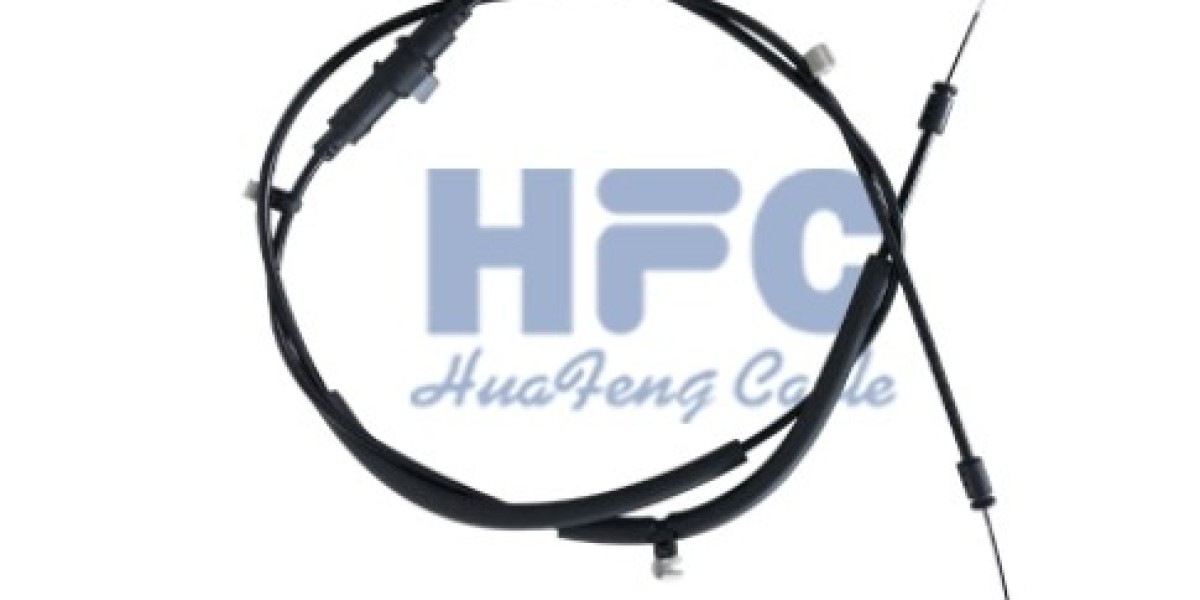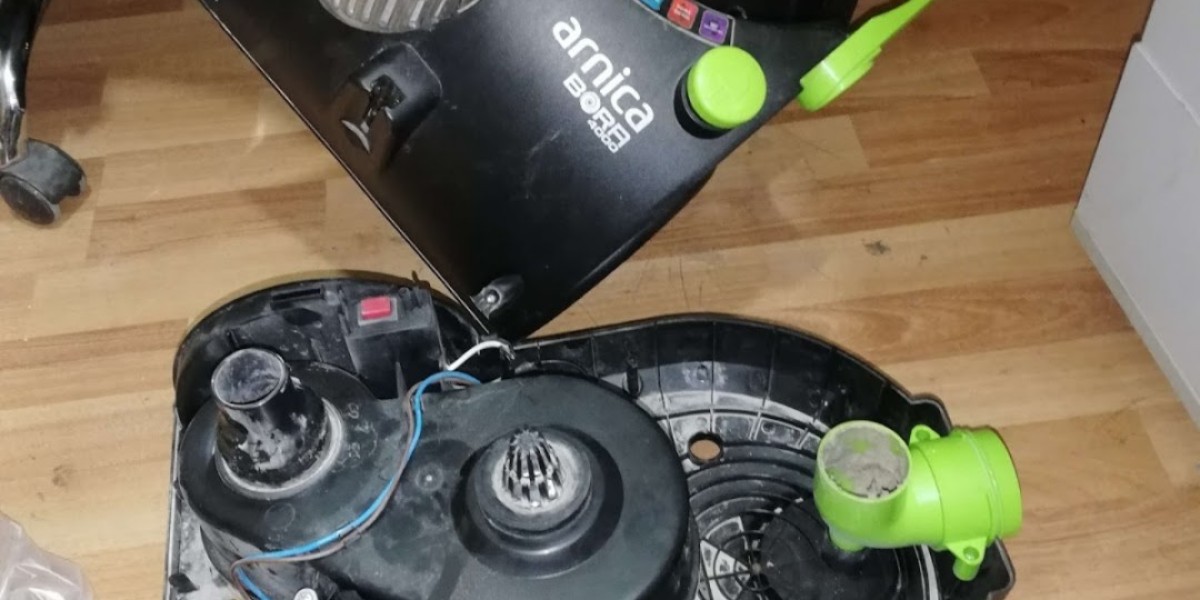When it comes to vehicle comfort, few features are more important than adjustable seats. Being able to adjust the seat position can significantly improve the driving experience, making it safer and more enjoyable. In this blog post, we’ll explore how seat adjustment cables work, their components, common problems, and maintenance tips to keep your seat adjustment system running smoothly.
The Basics of the Seat Adjusting Cables
What Are Seat Adjusting Cables?
Seat adjusting cables are mechanical components that connect the seat adjustment lever or switch to the seat mechanism itself. They allow the driver and passengers to move their seats forward, backward, or recline them as needed. These cables are typically made of durable materials to withstand the constant movement and stress they endure during regular use.
How Do They Function?
The operation of seat adjusting cables is relatively straightforward. When you pull or push the seat adjustment lever, it activates the cable, which then transmits that motion to the seat mechanism. This mechanism is usually a series of gears or levers that translate the cable's movement into the desired seat position.
Pulling the Lever: When you pull the lever, the cable tightens, pulling the seat forward or reclining it.Releasing the Lever: Releasing the lever allows the cable to slacken, which can either stop the seat in its current position or allow it to move back, depending on the design of the mechanism.
This simple yet effective system allows for smooth and precise adjustments, ensuring that drivers and passengers can find their ideal seating position.

Components of Seat Adjusting Cables
Cable
The primary component of the seat adjusting system is the cable itself. It is usually made of steel or a similar strong material to prevent stretching or breaking under pressure. Over time, however, cables can wear out, fray, or stretch, leading to issues with seat adjustment.
Housing
The cable is typically housed within a protective casing that keeps it secure and prevents it from tangling or getting damaged. This housing also helps to guide the cable's movement, ensuring that it operates smoothly.
Connectors
At both ends of the cable, there are connectors that attach the cable to the seat mechanism and the adjustment lever. These connectors are designed to allow for easy installation and removal, making it simpler to replace the cable if necessary.
Mechanism
The seat adjustment mechanism is the part that physically moves the seat. It can include gears, levers, and other components that work together to translate the cable's movement into seat adjustments. This mechanism is often located underneath the seat and can vary in complexity depending on the vehicle model.
Common Issues with Seat Adjusting Cables
Signs of a Faulty Cable
Over time, seat adjusting cables can develop problems that affect their performance. Here are some common signs that your seat adjusting cable may be faulty:
Difficulty Adjusting the Seat: If you find it hard to move your seat into a comfortable position, it could indicate a problem with the cable or mechanism.Loose or Wobbly Seat: A seat that feels loose or wobbles when you move around may have a worn or damaged cable.Noisy Adjustments: If you hear clicking, creaking, or grinding noises when trying to adjust your seat, this could be a sign of a malfunctioning cable or mechanism.Stuck Seat: A seat that does not move at all or adjusts erratically may have a broken or frayed cable.
Causes of Cable Failure
Several factors can contribute to the failure of seat adjusting cables:
Wear and Tear: Constant use can lead to fraying or stretching of the cable, making it less effective over time .Environmental Factors: Exposure to moisture, dirt, and extreme temperatures can damage the cable and its housing, leading to premature failure.Improper Installation: If the cable is not installed correctly, it may become misaligned or overly tight, causing it to wear out faster.

Maintenance Tips for Seat Adjusting Cables
To prolong the life of your seat adjusting cables and ensure they function properly, consider the following maintenance tips:
Regular Inspections
Periodically check the condition of your seat adjusting cables. Look for signs of fraying, stretching, or damage. If you notice any issues, it may be time to replace the cable before it fails completely.
Lubrication
Keeping the cable and its housing lubricated can help reduce friction and wear. Use a suitable lubricant to ensure smooth operation. Be careful not to over-lubricate, as this can attract dirt and debris.
Avoid Over-tightening
When adjusting your seat, avoid applying excessive force to the lever. Over-tightening can put unnecessary stress on the cable and mechanism, leading to premature wear.
Professional Assistance
If you continue to have problems with your seat adjustment cables, please contact Wuxi Huafeng Car and Motor Fittings Co., Ltd. Our professional technicians can diagnose the problem and recommend the best course of action.

Conclusion
Seat adjustment cables play a vital role in ensuring drivers and passengers find their ideal seating position. Understanding how these cables work, identifying signs of potential problems, and performing regular maintenance can help promote a safe driving experience.
Wuxi Huafeng Car&Motor Fittings Co., Ltd. mainly deals in various types of control cables, which are widely used in motorcycles, automobiles, agricultural machinery, gardening machinery and other fields.
If you need to know more about seat adjustment cables details or order wholesale, welcome to contact us.







